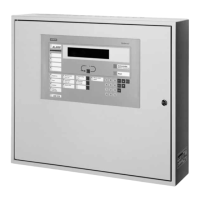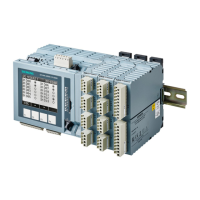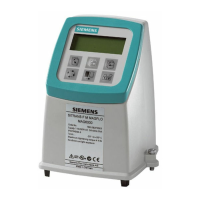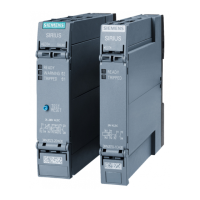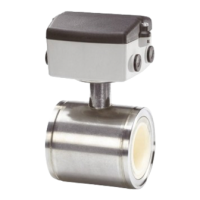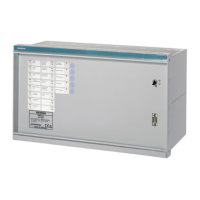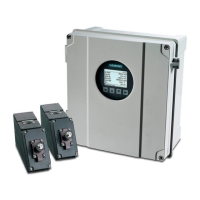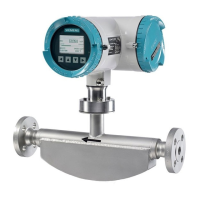The "Control action" of the flow temperature on the setpoint shifts can be set in
three steps ("Fast", "Medium", "Slow") to adapt to the plant.
Control action
Use setting "
Request evaluation" to determine if the max value or the average of
the requests is to be used.
Reques
t evaluation
When usi
ng the "Maximum" setting, the flow temperature is readjusted so that
the valve position for the consumer with the greatest heat demand is 90%.
When using the "Average" setting, the flow temperature is readjusted so that the
valve positions of the 4 largest consumers are 90% on average
Note: This setting does not ensure that all consumers can cover their heat
demand. It prevents, however, an individual consumer from forcing the flow
temperature to high levels (e.g. because a window was left open).
10.1.5 Internal heat demand
RMS705B provides the calculated request signals as internal signals. To this end,
function block "Heat demand" offers two outputs.
Purpose and
function
(
d)
The demand as a digital value, e.g. via a motor block, logic block, etc., can be
further handled, e.g., to switch on a pump when a heat demand signal was sent.
(
a)
For example, as demand-dependent setpoint for setpoint shift or as DC 0..10 V
temperature signal.
10.1.6 Heat demand relay (Q )
Release for an external heat source, for example, can be connected to this output.
Purpose and
function
The heat demand relay respond
s as soon as the bus requests "heat".
Meaning:
Contact open = No heat demand.
Contact closed = Heat demand
Main menu > Commissioning > Extra configuration > Aggregates > Heat demand >
Configuration
Operating lin
e Adjustab
le values / Comment
Heat demand relay ---, N.Q1, N.Q3, ... / Enable output.
140 / 216
Siemens Switching and monitoring device RMS705B CE1P3124en
Building Technologies H/C demand, H/C changeover 01.04.2010

